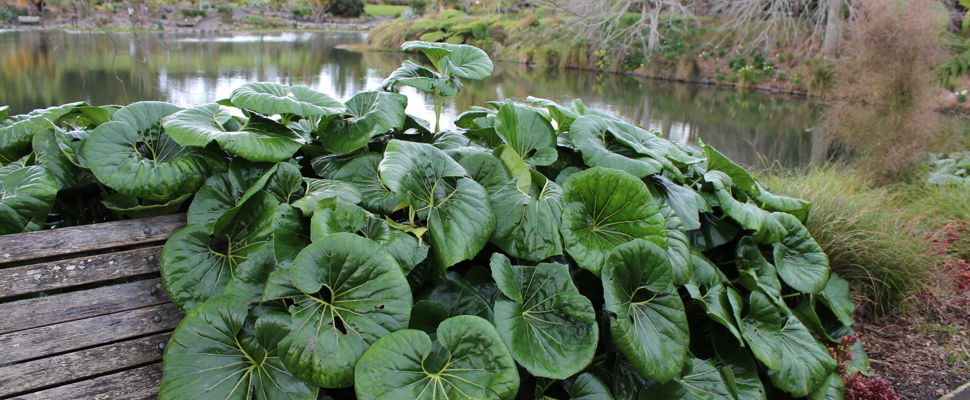
Subtropicals
'Subtropical' is a word commonly used for plants that give a tropical effect when planted together. These plants are chosen for their flowers, like vireya rhododendrons, or because of their size, boldness or lushness of foliage. These qualities may also indicate that the plant in question will probably prefer warmer conditions and may be damaged by frost.
Uses
Use subtropical plants in warm courtyards or areas of the garden to enhance colour and texture. They can often be mixed into borders to add a touch of the tropics to current plantings. With careful selection, the subtropical appearance can be carried through all seasons.
What to grow
There are many different subtropical plants to choose from. Visit our 'Plants for Auckland' database for the easiest subtropicals to grow in Auckland. For further suggestions, download our Subtropicals for Auckland brochure.
How to plant
- Subtropical plants are best planted in spring once the main chill of winter has passed, preferably in a frost-free location.
- Always plant at the same depth as they are in the container.
- Select your site carefully as once shrubs become large, most are difficult to move successfully. It is beneficial to work compost into the soil before planting.
- Apply a balanced fertiliser at planting and add a layer of mulch to help retain moisture and suppress weeds.
How to grow
- Most subtropical plants do not require a great deal of maintenance; it depends on your selection.
- Some may only require deadheading spent flowers and old leaves to keep them tidy and deter pests and diseases. Others may need a small amount of yearly pruning.
- Plants that look poor in spring can be refreshed by removing old stems or trimming back unsightly foliage.
- Some subtropicals, such as tractor seat plants (Farfugium giganteum var. giganteum) and ornamental ginger, can be divided in autumn or spring.
Top image: Tractor seat plant (Farfugium japonicum var. giganteum)